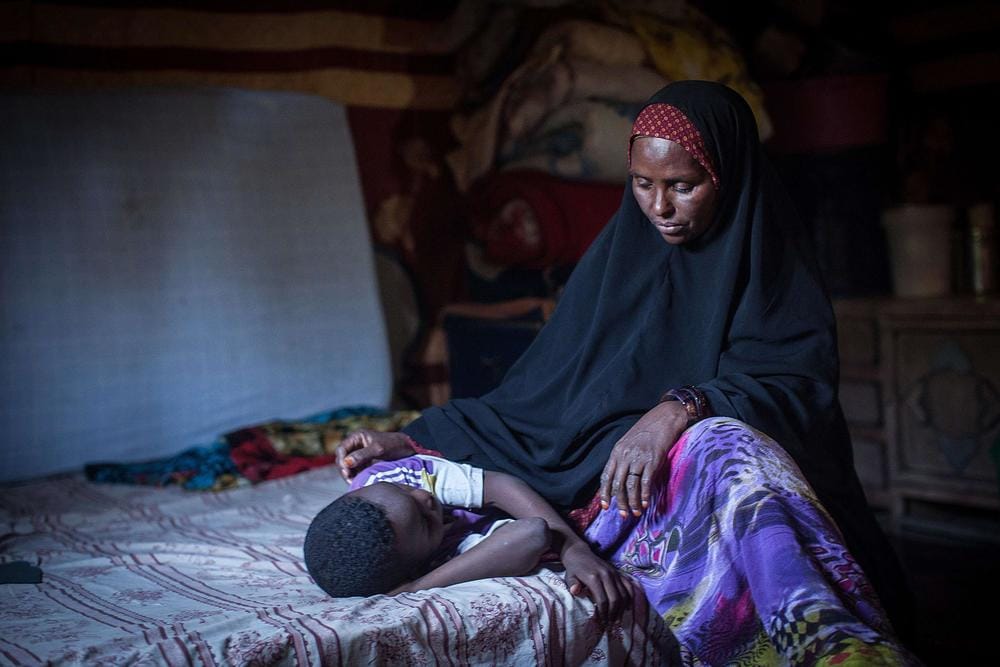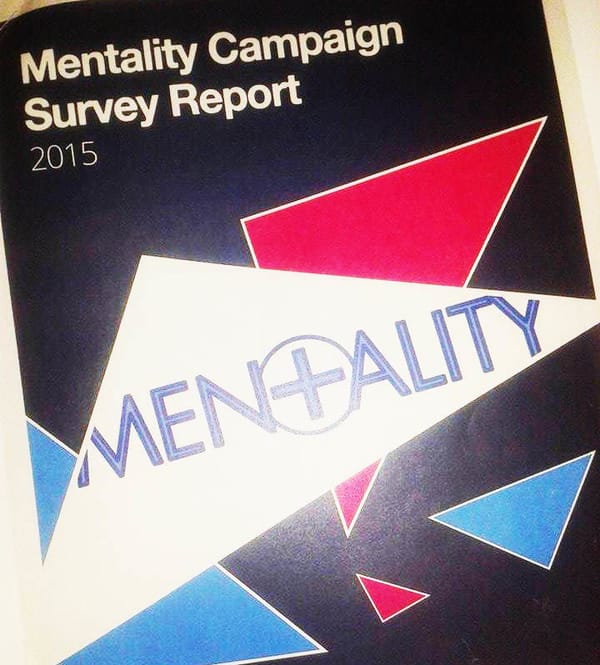Nigeria bans FGM, but how much still needs to change?
Tessa Davey takes a look at female genital mutilation in Africa and closer to home

Female genital mutilation (FGM) has been performed on more than 130 million women and girls worldwide, and more than 20,000 girls under the age of 15 in the UK are considered at risk. It is often done using razors, sharpened rocks, glass or even fingernails as tools.
The partial or total removal of the external female genitalia or other injury to the female genital organs for non-medical reasons has been referred to as mutilation since 1929. Despite this, FGM is still often called female circumcision, or by a huge variety of terms that imply cleansing or purification. By others, it is referred to as “cutting”.
FGM is a violation of human rights under several conventions, but despite this it is widely performed in some parts of the world, largely concentrated in 29 countries across Africa, with varying levels of prevalence. It is most common in Somalia, Guinea, Djibouti, Egypt and Sierra Leone, where more than 90% of women experience FGM. However this is not to say that it is only a problem in Africa. It is estimated that more than 137 thousand women in girls in the UK have been forced to undergo FGM, an estimate that is increasing month on month.
FGM is traditionally done to preserve virginity, reduce sexual desire, and even maintain a clean appearance of the genital organs. There are several types, ranging from pricking or cauterising the clitoris, to total removal of the clitoral hood, glans, inner and outer labia, with the total closure of the genital area, with a small hole left for urine and menstrual blood to pass through. The World Health Organisation classifies FGM into four categories, where each type varies in prevalence. The most extreme type of FGM – where the legs are bound together from thigh to ankle for weeks following the procedure to allow healing – is carried out on 90% of all girls in Somalia.
Girls who are not cut are often outcast by their community, being called unclean or impure. There is immense pressure on families to mutilate their children, particularly from elder female members of the family. It is often these senior matriarchs who will enforce this torture; in a parallel to male circumcision, it is largely done because it was done to them – there are no reported health benefits. However despite this being so widespread in some countries, it is unspoken, often referred to as “washing your hands” or “having your bath”, and most women in these regions lack the vocabulary to describe what has happened to them or talk about it properly. In most communities, the women do not realise that ensuing problems are as a result of the procedure and most women who have undergone FGM say that they would do it to their daughters, but this is largely because they have never known anything else, and they do not realise the implications. Increasingly, women who have emigrated to Western countries are horrified at what has been done to them, but continue the practise out of fear of being shunned.
Cutting is often not seen as a rite of passage, something to signal the transformation from girl to women. FGM has very complex and varied roots; it is recorded as practices relating both to religion or ethnic traditions, depending on the region. There are versions of FGM, such as the stretching and lengthening of the labia minora or clitoris, or internal cutting of the vaginal walls, which are said to enhance the pleasure experienced by men. The roots of the practice, particularly in the case of sewing, seem to stem from preventing young girls and women from engaging in any sexual activity before they are married – it is common for a man’s family to inspect the woman to ensure that her barrier is intact. Once a girl is married, she will be cut partially open either by her husband, mother-in-law, or a circumciser (who is usually an elderly woman) to allow for penetration. In the later case of childbirth, she will be cut open to allow her to give birth, and closed afterwards.
Complications can arise as a result of this repeated cutting, as well as from the procedure itself. There are many common complications such as bleeding, swelling, infection, and problems with healing. Scarring and keloids may form, and damage to the urethra and vagina may cause infections, incontinence, and even infertility. Women who have experienced FGM are at higher risk of problems during pregnancy, and have a higher chance of neonatal mortality. They are more likely to experience pain during sex, have no sexual desire, or reduced sexual feelings.
FGM has long been outlawed in many Western countries, including the UK since 1985, and this month, Nigeria, where around 25% of females are cut, passed a law banning this practice. Nigeria is not the first African country to do so, but it represents a significant step forward for a country where it is ingrained in cultural fabric of so many communities. Of course, there is a lot of progress yet to be made in Nigeria alone; simply criminalising FGM will not immediately stop all incidence of this violence, but it represents a change to the traditional culture of violence against women, and will hopefully cause a shift in thinking that will spread across the rest of Africa.
This is a lot to take in, and a lot of it might make you reel in horror. But the fact is, in the UK, FGM is also a significant issue. Even though it has been criminalised for decades, it has always been swept under the rug, with people afraid to discuss it for fear of being culturally insensitive. It was only last year that data began to be collected on the prevalence of FGM in the UK, and by all counts, it seems to have been grossly underestimated. In March, 578 women and girls were treated for FGM in England, with thousands being reported since September. Every month that data is collected, the estimate for the number of women suffering the effects of this mutilation increases.
FGM hit the headlines in the UK last year when it was revealed that there had never been a successful prosecution for the practice of FGM, even though it has been illegal in the UK for a long time, with laws strengthened in 2003 preventing travel to other countries for the purpose of performing FGM. Last year, guidelines for Border Force agents were changed, to help prevent girls from being taken out of the country to be cut, and teachers and doctors have begun to be trained in identifying girls that may be at risk. In February this year, the first ever FGM case in the UK went to court, but it was against a doctor in an isolated case, not prosecuting someone working as a cutter in a large clinic, one of the circumcisers who come to the UK for “cutting parties”, or someone taking their child to be mutilated abroad; these incidents have yet to be adequately investigated.
For Nigeria, it is a huge step to ban FGM across the country. While it was already outlawed in some states, in others it is a cultural normality. With this law, the Nigerian government are saying that a traditional cultural practice is suddenly totally unacceptable, regardless of its historical significance. This is not an easy thing to do; certainly many people will be unhappy with this, as they have always done it and believe cutting to be necessary, but now that it has been criminalised the awareness and education will increase and the prevalence will decrease. If Nigeria can make such a bold statement, I think that we also should be able to make as much effort, be it through a strengthening of prevention, education, and awareness.
I find the number of women and girls, both within and outside this country, who are forced to undergo mutilation to be shocking. I find it horrifying that even within this country girls are being taken away to be cut, not because it has any benefits, but because of a long-standing culture of shame. The only way to stem this appalling practice is to the break the taboo that shrouds it; by taking away the euphemisms and misunderstandings, and giving women the option not to do this to their daughters.










